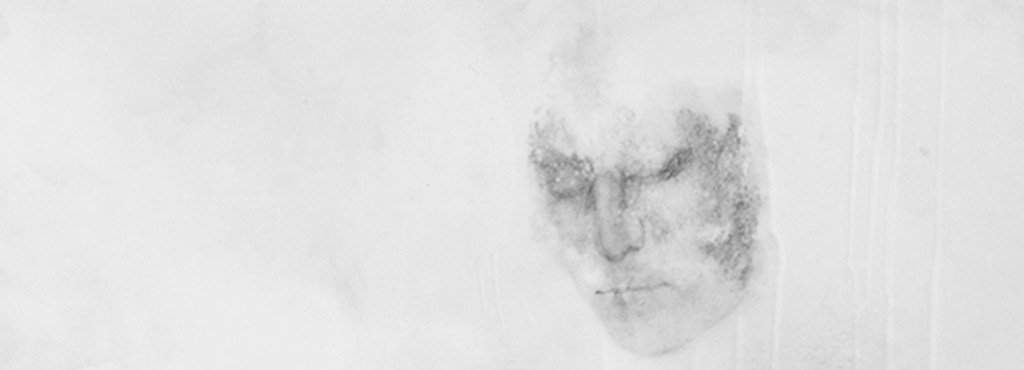
Welcome to my new blog about my work, in which I want to share with you the experiences and findings that keep the work in a constant state of flux.
Let me begin with three equally important strands of thought that weave through my work and bind the various type of media I use together into a coherent area of investigation.
The Other, Animism and The Surfacing Reality.
For some time I have been exploring the idea of ‘Otherness’ through a series of drawings, paintings, installations and animation.
When I first came into contact with the writing of the French philosopher Emmanuel Levinas and his work on ‘Otherness’ or ‘The Other’ I was in particular intrigued by the notion of ‘the nakedness of the other’s face:
‘if I am touched’, Levinas writes, ‘if I am conscious of being concerned, it is not because of the other’s beauty, talents, performances, roles, or functions, but only by the other’s otherness.’[1] This encounter entails obligations and responsibilities, and even more so ‘puts limits to my right to satisfy myself’, to use Levinas own words.
For me, The Other can embody many forms, not just fellow human beings or animals, but our surroundings, the landscape we live in or even the little things in our environment we encounter on a daily basis. Their nakedness, too, reminds me to pay attention and to listen.
This takes me to animism as the second strand of thought, influenced by the writings of James Hillman, the founder of archetypal psychology.
He suggests that every natural system has something that animates organism of all complexities and that geographic features, plants, rocks, water, etc have a soul, consciousness, an inner life. I love his idea that “indeed any phenomenon has the capacity to come alive and deeply inform us through our interaction with it as long as we are free of an overly objectifying attitude.”
Finally, and equally important is the notion of an experienced, perceived, and projected reality, which I discovered in an essay with the title An Art Of Limina, Gary Hill’s Work and Writing, by George Quasha and Georg Stein. The book is a wonderfully comprehensive monograph and in-depth treatment of his work.
Surfacing realities, I learnt, takes on a significant and ambiguous role in Hill’s work. But Quasha and Stein also coined a beautiful formula ‘Horizon is what makes reality surface’ which brought my voyage into animism and otherness into alignment with my work.
It changed my perception of what was happening for example on the surface of a projected image, a canvas or drawing paper and the way we interact with it. Was it indeed an edge of interactivity, or the face of otherness that brings forth obligations? a reality that seeks to inform the viewer?
Could it be a membrane or a receiver? Does it hold back or throw forth and disclose something from beneath, something previously unknown to the viewer?
As an artist, I prefer the work to ask the questions. I just put it out into the open. That’s what I do.
Do they always find answers? I wish. Yet for me, finding more questions in the process is far more exciting.
That is where I am at the moment.
[1] To The Other’ An Introduction to the Philosophy of Emmanuel Levinas, Adriaan Peperzak, Purdue University Press, West Lafayette, Indiana, 1993, p. 20.

